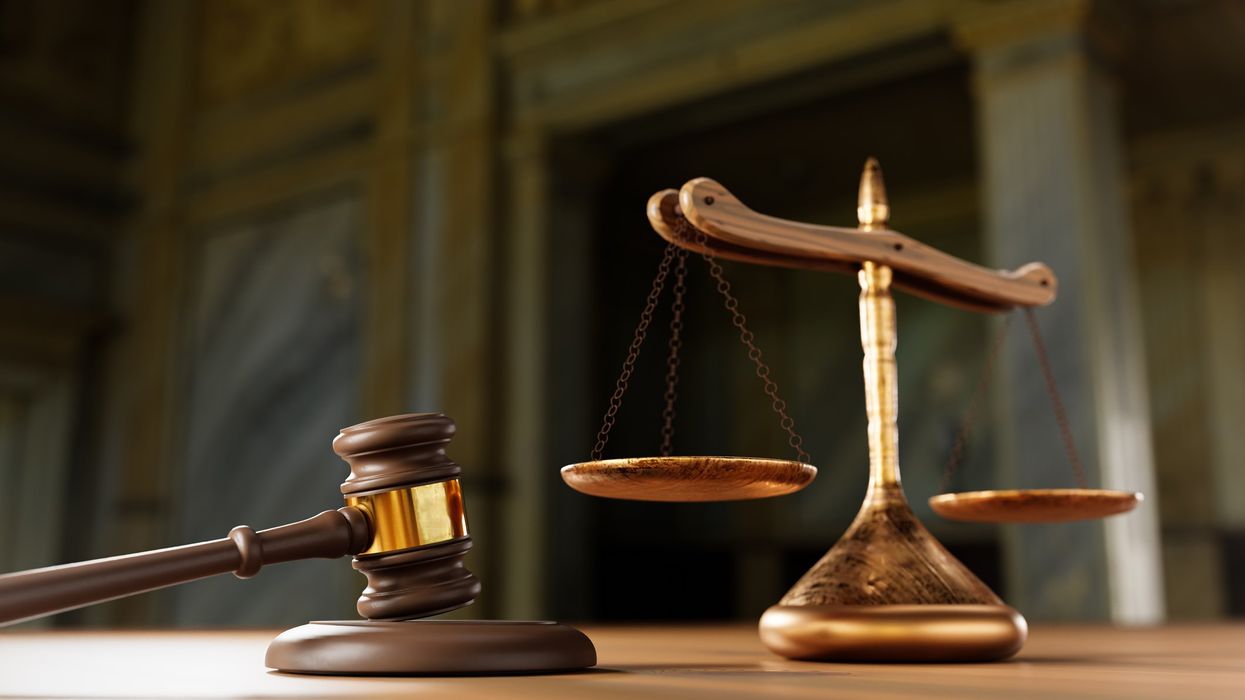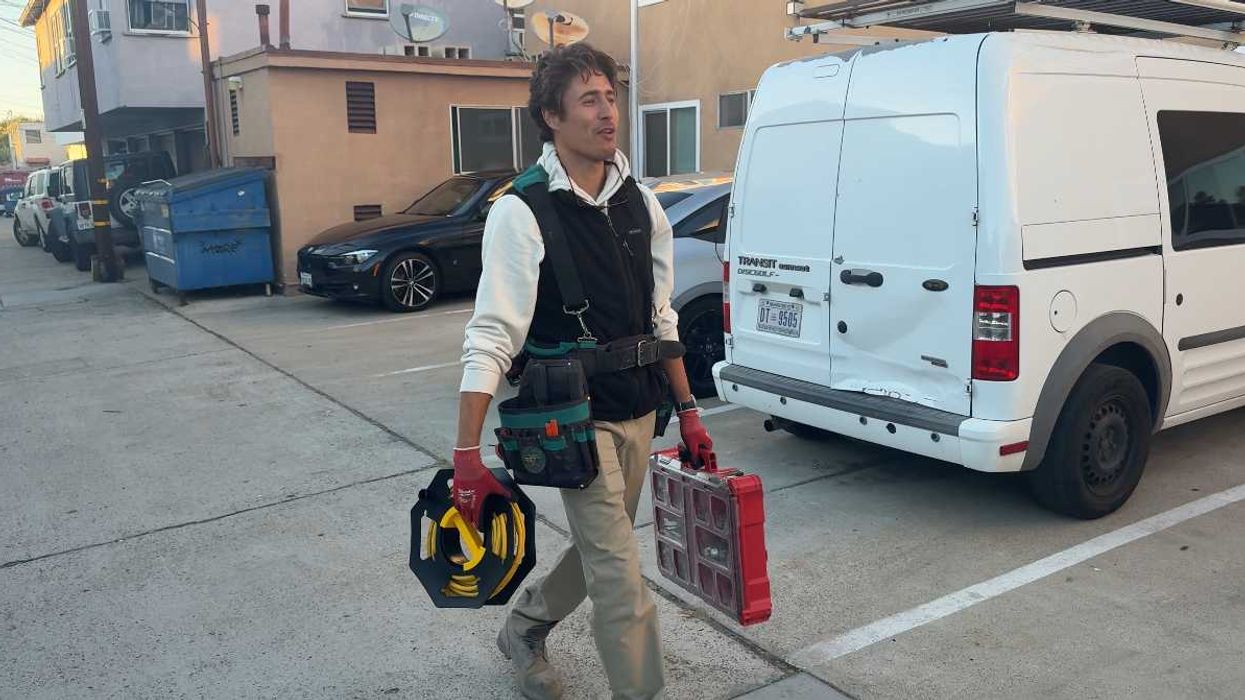Goldman Sachs’s September conviction list does not look like a cheer for American innovation. It reads more like a survival kit. On paper, the U.S. economy still looks vigorous. Second-quarter GDP rose at a 3.8 percent annualized rate, powered by consumer spending. Personal consumption was revised up to 2.5 percent. August retail sales outpaced forecasts, climbing 0.6 percent instead of the expected 0.2. Inflation, measured by the Fed’s preferred gauge, is running at 2.7 percent - close enough to its target to support optimism.
Scratch below the surface, though, and the story darkens. The U.S. added just 22,000 jobs in August, the weakest monthly gain in years outside recessions. Unemployment ticked up to 4.3 percent, its highest since mid-2021. Real wages rose only 1.1 percent over the past year, barely matching inflation. Families are saving less - just 4.6 percent of disposable income, down from pandemic highs. Prices remain stubborn: the consumer price index rose 2.9 percent in August, hotter than the month before. Consumers are still spending, but increasingly on borrowed time and borrowed money. Credit card balances are climbing, and delinquency rates are spreading fastest among lower-income households.
Against that backdrop, Goldman’s picks make sense. Walmart draws in shoppers looking for bargains and bulk deals when wallets shrink. McDonald’s is the affordable comfort food option when eating out feels like indulgence. Valero, the country’s largest independent refiner, produces gasoline and diesel that Americans need regardless of economic conditions. Only Cadence Design Systems reflects a growth story - the ongoing demand for semiconductors in artificial intelligence. The rest are defensive anchors.
This shift is notable. Goldman’s earlier lists leaned heavily on Silicon Valley giants and media disruptors - bets on tomorrow’s breakthroughs. Now the focus is what survives when growth slows. History offers parallels: in 2008, as the financial system unraveled, Walmart’s revenue climbed while rivals suffered. McDonald’s reported a five percent increase in same-store sales that year, defying the downturn. Today, consumer surveys show similar behavior: fewer splurges, more bargain-hunting.
The Federal Reserve, meanwhile, is still trying to land the plane gently. On September 17, it cut interest rates by a quarter point, the second reduction this year, bringing the federal funds rate to 4.00–4.25 percent. Officials point to core inflation at 2.9 percent as evidence the economy can cool without freezing. Their projections suggest two more cuts before year’s end. Chair Jerome Powell insists hiring and spending remain healthy, but even he concedes risks are rising.
At the White House, the Trump administration prefers triumphalism. Officials hailed the GDP revision as “explosive growth,” crediting deregulation and tax cuts. Treasury Secretary Scott Bessent promoted “Trump Accounts,” set to launch in 2026 as savings vehicles for young Americans, as proof of long-term prosperity. But storm clouds gather. Average tariffs on key trading partners now hover near 20 percent, threatening to raise costs from factory floors to grocery shelves. Looming threats of a government shutdown at the end of October only add more uncertainty.
Markets are less convinced by the celebratory tone. The yield curve, a traditional signal of economic direction, steepened for the first time in two years. Ten-year Treasury yields now stand at 4.14 percent, compared to 3.57 percent on the two-year - an indication investors expect more cuts. Equities, though, are treading water. The S&P 500 has stalled as tariff risks and weakening business sentiment take hold. Investors are not flocking to Goldman’s picks for excitement, but for protection.
The deeper question is what this defensive mood says about the future. Consumers drive two-thirds of GDP, but their buffer is shrinking. Debt service now claims 12 percent of disposable income, the highest share in decades. With wage growth lagging, there is little room to absorb new shocks. If tariffs push up prices or job growth slows further, the tilt toward staples will accelerate, draining energy from cyclical sectors like autos, housing, and apparel.
Goldman’s list is more than an investment note. It is a signal of how Wall Street views the gap between Washington’s optimism and Main Street’s reality. The headline numbers - strong GDP, steady consumer spending - are masking stress fractures. Investors see them and are bracing for rougher waters, even if policymakers are reluctant to admit it.
That disconnect carries risks. Rate cuts may soften the blow, but they cannot resolve structural issues. Tariffs, fiscal brinkmanship, and stagnant wages weigh heavily on households. For ordinary Americans, already cutting back on discretionary spending, the message is clear: the era of easy growth is ending, and prudence is the smart path.
Goldman sees it. Markets see it. The open question is how long it will take politicians, and the public, to recognize the same.
Imran Khalid is a physician, geostrategic analyst, and freelance writer.





















 Todd Walters, UFCW Local 135 president, in his office in San Diego.Credit: Alex Segura
Todd Walters, UFCW Local 135 president, in his office in San Diego.Credit: Alex Segura